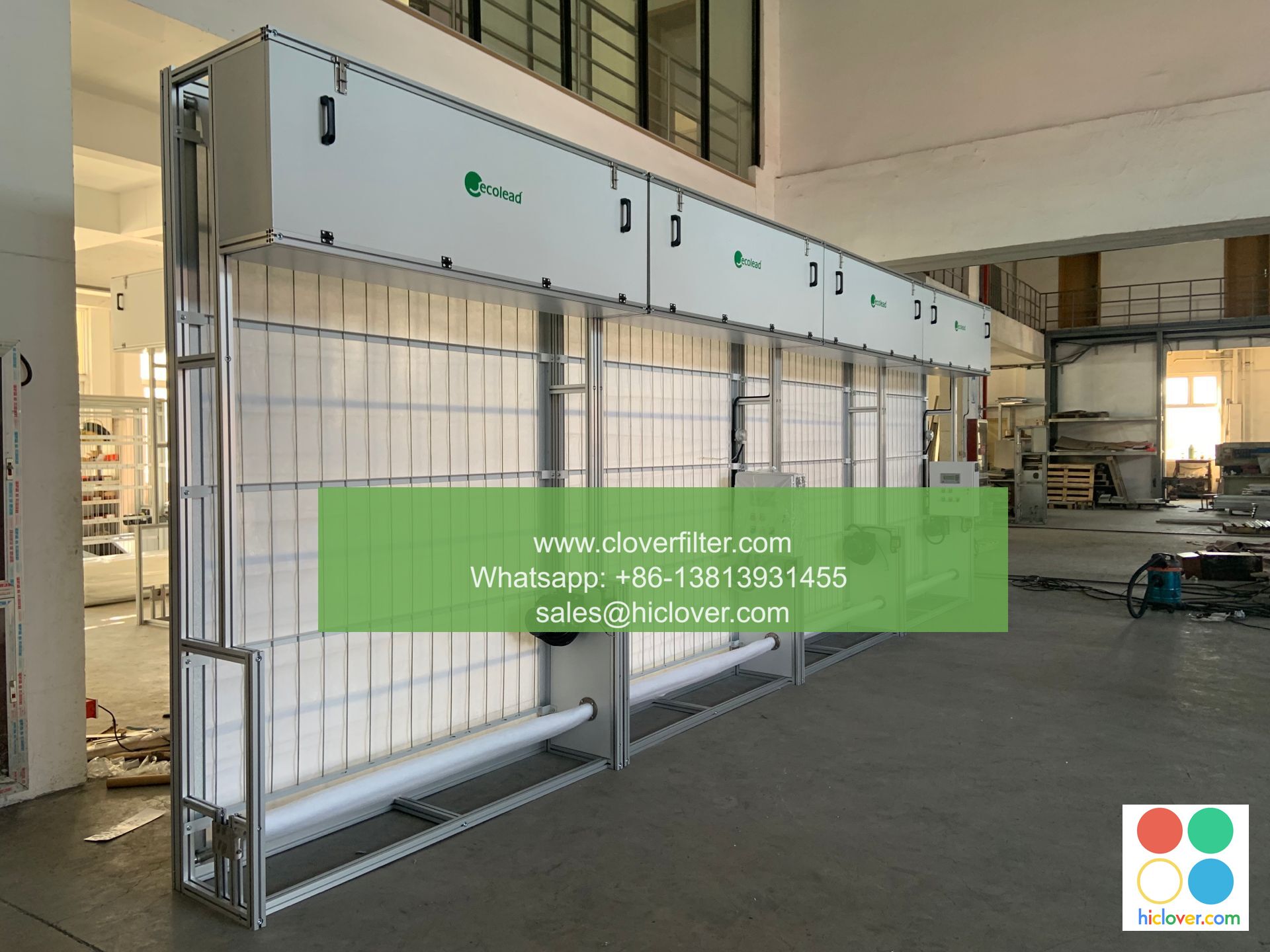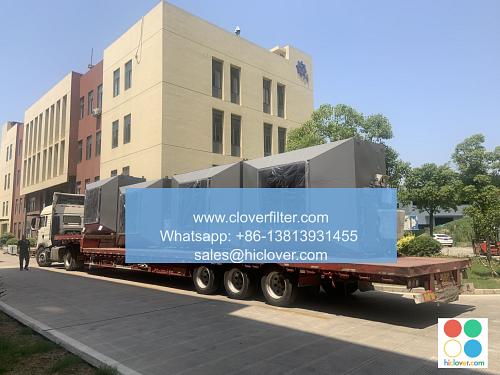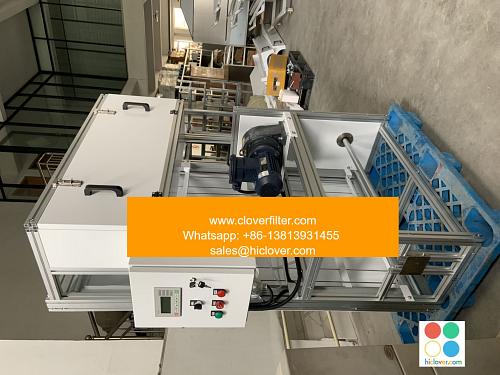The Cost-Effectiveness of Automatic Roll Air Filters in Food Packaging Facilities

In food packaging facilities, maintaining a clean and hygienic environment is crucial to ensure the quality and safety of the products being packaged. One of the key factors in achieving this is the use of air filtration systems to remove contaminants and particles from the air. Traditional air filters have been widely used in the industry, but they have several drawbacks, including high maintenance costs, frequent replacement, and potential downtime. Automatic roll air filters have emerged as a more cost-effective and efficient alternative for food packaging facilities.
Automatic roll air filters work by using a continuous roll of filter media that unwinds as the filter becomes dirty, replacing the old filter with a new one. This design eliminates the need for frequent filter replacements and reduces maintenance costs. The filter media is typically made of a synthetic material that is designed to capture 95% of particles as small as 0.5 microns, ensuring that the air in the facility is clean and free of contaminants.
One of the primary advantages of automatic roll air filters is their ability to reduce energy costs. Traditional air filters can become clogged with particles and debris, causing the HVAC system to work harder to push air through the filter. This can lead to increased energy consumption and higher energy bills. Automatic roll air filters, on the other hand, ensure that the air flow remains consistent, reducing the load on the HVAC system and resulting in lower energy costs.
In addition to energy savings, automatic roll air filters also reduce maintenance costs. Traditional air filters require frequent replacements, which can be time-consuming and costly. Automatic roll air filters, however, can go for extended periods without needing to be replaced, reducing the need for maintenance personnel to spend time replacing filters. This can result in significant cost savings, especially in large facilities where multiple filters may be needed.
Another benefit of automatic roll air filters is their ability to improve indoor air quality. By capturing 95% of particles as small as 0.5 microns, these filters can help remove contaminants and pollutants from the air, creating a cleaner and healthier environment for employees and products. This is especially important in food packaging facilities, where the quality and safety of the products being packaged are paramount.
Furthermore, automatic roll air filters can also help extend the life of equipment and reduce downtime. By removing contaminants and particles from the air, these filters can help prevent damage to equipment and machinery, reducing the need for repairs and replacements. This can result in significant cost savings and help minimize downtime, ensuring that production can continue uninterrupted.
In terms of cost-effectiveness, automatic roll air filters can provide a significant return on investment. While the initial cost of these filters may be higher than traditional air filters, their ability to reduce energy costs, maintenance costs, and downtime can result in long-term cost savings. Additionally, the improved indoor air quality and extended equipment life can also contribute to a positive return on investment.
When selecting an automatic roll air filter for a food packaging facility, several factors should be considered. The filter’s ability to capture particles and contaminants, its energy efficiency, and its maintenance requirements should all be taken into account. Additionally, the filter’s compatibility with the facility’s existing HVAC system and its durability in a food packaging environment should also be considered.
Conclusion
In conclusion, automatic roll air filters offer a cost-effective and efficient solution for food packaging facilities. By reducing energy costs, maintenance costs, and downtime, these filters can provide a significant return on investment. Additionally, their ability to improve indoor air quality and extend equipment life can help ensure the quality and safety of the products being packaged. When selecting an automatic roll air filter, facilities should consider factors such as particle capture, energy efficiency, and maintenance requirements to ensure the best possible solution for their specific needs.
FAQs
Q: How do automatic roll air filters work?
Automatic roll air filters work by using a continuous roll of filter media that unwinds as the filter becomes dirty, replacing the old filter with a new one.
Q: What are the benefits of using automatic roll air filters in food packaging facilities?
The benefits of using automatic roll air filters in food packaging facilities include reduced energy costs, maintenance costs, and downtime, as well as improved indoor air quality and extended equipment life.
Q: How often do automatic roll air filters need to be replaced?
Automatic roll air filters can go for extended periods without needing to be replaced, typically ranging from 1-3 years depending on the application and usage.
Q: Are automatic roll air filters compatible with all HVAC systems?
Automatic roll air filters are compatible with most HVAC systems, but it’s essential to check the filter’s compatibility with the facility’s existing system before installation.
Q: Can automatic roll air filters be used in other industries besides food packaging?
Yes, automatic roll air filters can be used in various industries, including pharmaceutical, healthcare, and manufacturing, where clean and hygienic environments are crucial.


